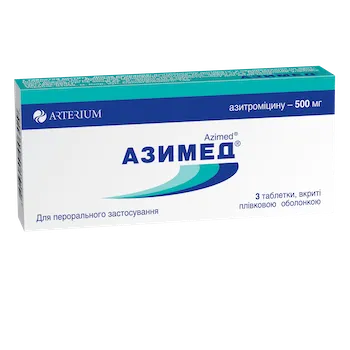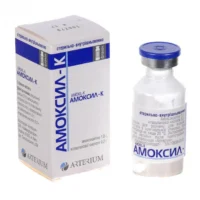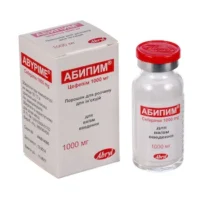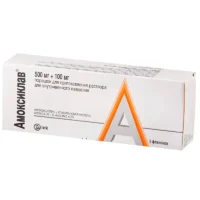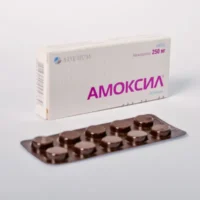Description
Azimed (Azithromycin) Coated Tablets 0.5 g – Pack of 3 Tablets
Ingredients
Each coated tablet contains 0.5 g of azithromycin.
Mechanism of Action
Azithromycin inhibits bacterial protein synthesis, disrupting bacterial growth and reproduction, thereby exerting its bacteriostatic effect against a wide range of pathogens.
Pharmacological Properties
Azithromycin, the active ingredient in Azimed tablets, demonstrates potent antibacterial activity by targeting specific protein synthesis pathways in bacteria, leading to their eventual eradication.
Indications for Use
- Treatment of respiratory tract infections
- Skin and soft tissue infections
- Sexually transmitted diseases
Contraindications
Azimed should not be taken by individuals with a known allergy to azithromycin or other macrolide antibiotics. Patients with a history of severe hypersensitivity reactions to azithromycin should avoid its use.
Side Effects
Common side effects may include gastrointestinal disturbances, such as nausea and diarrhea. Rare but serious side effects may include severe allergic reactions and liver problems. Consult a healthcare professional if any adverse reactions occur.
Usage Instructions
Take one tablet (0.5 g) orally once daily with a full glass of water. The tablet can be administered with or without food. Do not crush or chew the tablet.
Benefits Over Analogues
Azimed offers the advantage of once-daily dosing convenience compared to some other antibiotics. Its broad spectrum of activity against various pathogens makes it a versatile choice for treating bacterial infections.
Suitable Patient Groups
Azimed is suitable for use in adults, including the elderly population, and in pediatric patients for approved indications. Dosage adjustments may be necessary based on individual patient characteristics.
Storage and Shelf Life
Store Azimed tablets in a cool, dry place away from direct sunlight. Keep the tablets in their original packaging to protect them from moisture. Check the expiry date on the packaging and do not use the tablets beyond this date.
Packaging Description
Azimed tablets are packaged in blister packs to ensure product integrity and protection from external factors. Each pack contains 3 coated tablets of 0.5 g strength.
Clinical Evidence and Proven Effectiveness
Azithromycin has been extensively researched and clinically proven to be effective in treating various bacterial infections. Studies have shown its efficacy in respiratory infections, skin infections, and community-acquired pneumonia. For instance, research published in the International Journal of Infectious Diseases has highlighted the comparable efficacy of azithromycin to other antibiotics in treating community-acquired pneumonia.

